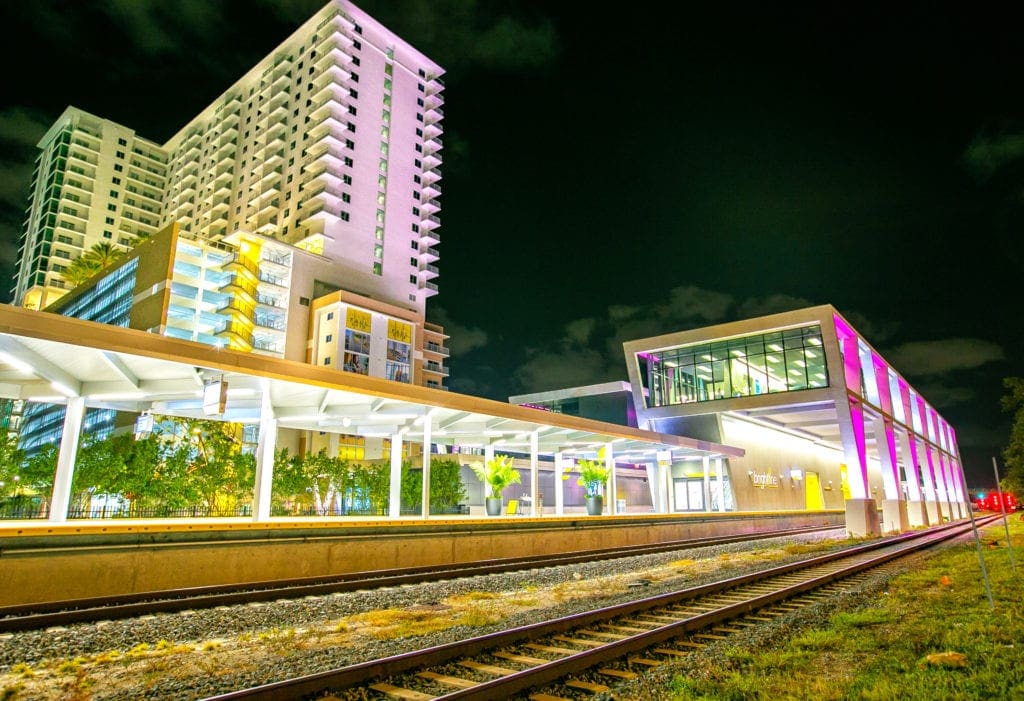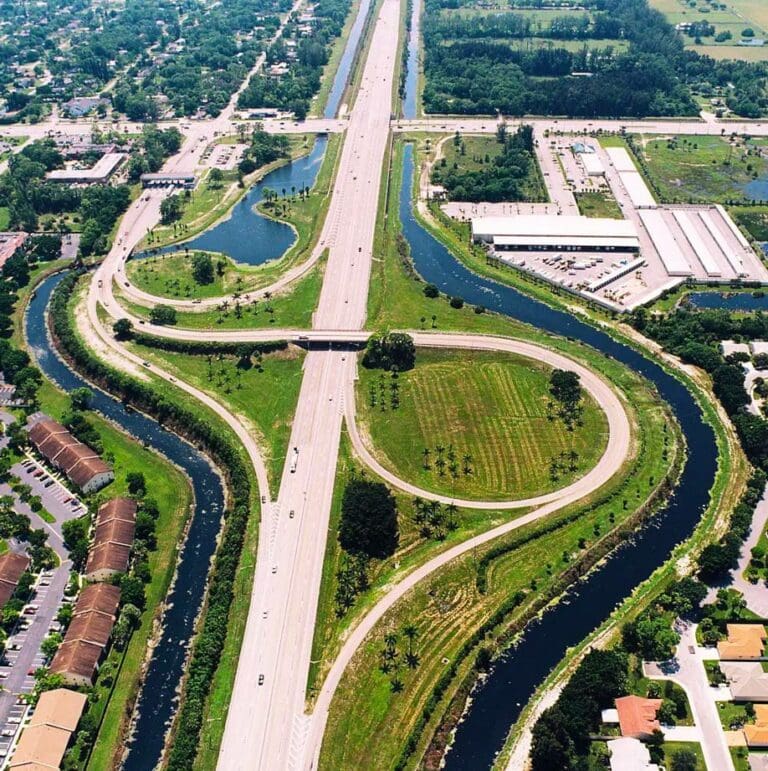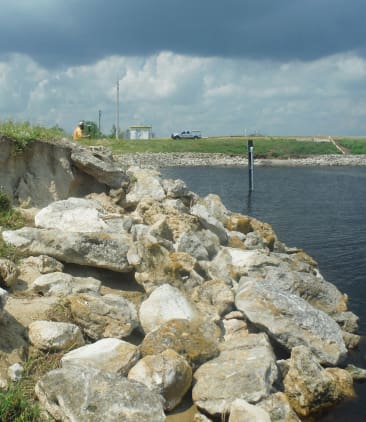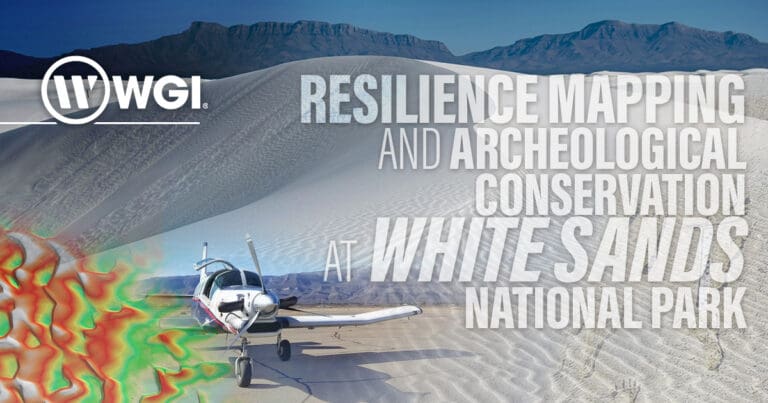The United States Department of Transportation (USDOT) is primarily focused on any proposal’s impact on significantly increasing safety through reducing or eliminating roadway fatalities and serious injuries – known as the Safe Streets for All program (SS4A). For implementation grants, proposals should employ low-cost/high-impact strategies over a wide area and include evidence-based solutions. There are two phases to assessing safety impacts: (1) substantiating the safety problem, and (2) describing the solution.
Data comes into play with both. For substantiating the problem, strong proposals will communicate a compelling hazard, clear understanding of its root causes, and a specific solution. Applicants can refer to research on countermeasures such as this FHWA-sponsored site, or turn to modeling, visualization, and predictive analytics that support the chosen countermeasures.
There is a range of data types and sources that can help a community make its case for funding. The tables below provide a snapshot of how to link SS4A criteria with data sources and analysis.
Substantiate the Hazard | Data and Analysis Examples |
| Substantiate critical safety problem: Trends, locations, contributing factors, crash types/user, vulnerable-user analysis | Research, descriptive statistics, traffic flow (speed), police reports, NHTSA National Center for Statistics and Analysis Resource Page, Fatality Analysis Reporting System (FARS), scatterplot, GIS layers, (frequency/severity), crash over-representation/neighborhood, risk ratio, crash tree analysis |
| How Geographically Communicated: Hotspots, High-Injury Networks, crash distribution, temporal factors/location | GIS, hazard analysis, NHTSA Fatality and Injury Reporting System Tool (FIRST), State dashboards (such as Florida Crash Dashboard) origin-destination data, crash frequency/rate, crash/collision diagram |
| Risk Model Used: Hazard analysis, contributing/risk factors (frequent combination of characteristics) | GIS, code/standard audit, injury data, benchmarking, visualization |
| Equity: Location data for vulnerable road users (low-income households, households with no access to a personal vehicle, homeless populations, age) | Census data, data on licensed drivers, information from social service providers, Climate and Economic Justice Screening Tool, USEPA EJScreen Tool |
| Climate and Resilience: Infrastructure condition (age/frequency of repairs), floodplain and sea-level rise, urban heat islands | Capital project inventory, GIS layers (flood plain), NOAA Sea Level Rise Viewer, FEMA’s Surging Seas Risk Zone Map tool, MODIS, and Landsat satellite data |
Describe the Solution | Data and Analysis Examples |
| The solution is a (1) good match to solve the problem, and (2) likely to be effective | Research, modeling, countermeasures, crash modification factors (Crash Modification Factors Clearinghouse), before/after studies on similar safety situations |
| Multi-disciplinary and systemic approach with redundancies (layers of protection) | Modeling, analysis, network screening, turning movement count/speed data |
| Points for low-cost, high-impact over a wide geographical area (systemic approach) | Network analysis, modeling |
| Benefits will persist over time (show that risk reduction is built-in, works under various scenarios) | Predictive models (AASHTO HSM model), scenarios and visualization, multiple benefits associated with countermeasures (e.g., cost savings, economic, safety) |
| Implementation — costs clearly stated and reasonable; readiness (project can be completed within five years) | Budget details, cost comparisons, cost-benefit analysis, CIP project lists |
Project Ideas from USDOT Guidance
The Safe Streets and Roads for All (SS4A) website provides information and guidance on how to apply and example projects, with an emphasis on proposals that cover a wide area. In other words, SS4A is intended to address system-wide hazards rather than spot treatments. WGI and Urban SDK have experience in safety analysis and projects. Based on that experience, here are insights on proposal development.
- Transforming a roadway corridor on a High-Injury Network into a Complete Street
- Installing pedestrian safety enhancements and closing network gaps
- Applying low-cost roadway safety treatments system-wide
- Supporting the development of bikeway networks
- Carrying out speed-management strategies (traffic calming, education and outreach, setting appropriate speed limits, and making strategic use of speed-safety cameras
- Creating safe routes to school and public-transit services through multiple activities
- Implementing standard and novel data collection and analysis technologies and strategies to better understand vulnerable road users
- Unifying and integrating safety data across jurisdictions
- Working with community members in an identified problem area to carry out quick-build street design changes informed by outreach and user input
Our Experience – Using Data
Our engineers, planners, and data scientists worked on safety projects, using data to determine project selection and design. Here are several examples of where we’ve utilized the program’s required planning elements.
1) Document existing conditions and historical trends (crashes involving fatalities and serious injuries)
Urban SDK worked with FDOT District 5 and four of its member Metropolitan Planning Organizations (MPOs) to track/visualize a variety of safety measures including total crashes, total fatalities, total serious injuries, crash severity, crash rate, work-zone fatalities, serious crash rate, intersection crashes, intersection crash rate.
WGI’s Geospatial team combines data collection technologies (remote sensors and tandem-mounting sonar and LiDAR) to model and visualize existing conditions and inform solutions.
2) Substantiate critical safety problem
State DOTs, MPOs, COGs, and law enforcement groups around the country used Urban SDK to visualize FARS data to study contributing factors to crashes. Urban SDK also performs data audits to ensure that partner organizations’ safety databases can deliver clean, actionable, reliable reporting.
3) Determine Systemic risk factors and safety needs
FDOT used Urban SDK to track/visualize a variety of risk factors, including secondary crashes, secondary crash rates, total incidents, roadway clearance time, roadway clearance duration, and top incident type to better understand safety needs and risk factors beyond primary crashes and fatal incidents.
4) Equity Analysis
North Florida TPO used Urban SDK data and visualizations to perform equity analyses as part of its CMP. Among the measures studied: transit accessibility (mapping population within 0.25 miles of a transit stop), access to jobs (mapping jobs 0.5 miles from state roads), cost of congestion (daily hours of delay), and bike/ped quality of service (percentage of lane miles with bicycle and pedestrian facilities).
5) Innovation
FDOT and law enforcement agencies used Urban SDK’s Traffic Incident Management crash model to forecast high-impact crashes (death, economic disturbances) to optimize trooper placement and increase clearance times. One of this work’s benefits was lower crash rates in areas with a high presence of troopers.
In Wellesley MA, WGI integrated safety metrics into the Town’s Sustainable Mobility Plan. Because biking and walking are essential for meeting climate goals, this Plan will help prioritize and fund sidewalk, trail, and intersections improvements.
6) Monitoring and Reporting
Our team can customize information displays based on your visualization, tracking, and reporting needs. Organizations, like the Kentucky Transportation Cabinet (KYTC), use Urban SDK to customize color palettes, stroke sizes, boundaries, visualizations of safety (crashes, fatalities, serious injuries, non-motorized fatalities, and serious injuries), commuting trends, asset conditions (bridge, pavement, building), and more.
Urban SDK can integrate all data feeds from an organization, and also provide location, mobility, and demographic data. This can be used to illustrate trends, business intelligence, forecasts, and more.
Let’s Connect
Contact us today to learn more about using data for building strong funding applications.

















